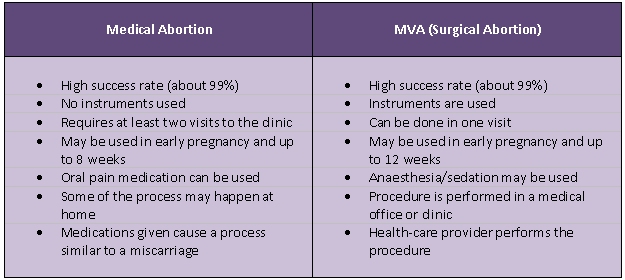After Safe Abortion : Care and Curiosity

Abortion refers to the expulsion of fetus from the uterus before the birth. According to medical science, expulsion before 22 weeks is regarded as abortion. As a doctor, your counselling must quench the following curiosities of the patient/client.
Curiosity 1: What are the things I should know after Safe Abortion Service (SAS) ?
- Take given medications in appropriate time and doses
- Understand about possible problems and their solutions after SAS – when in home
- When to come for follow up
- What contraceptive to use to prevent unwanted pregnancy
Curiosity 2: How should I care myself after SAS?
- Follow the given guidelines for 2 weeks after SAS:
- Perform daily works but avoid heavy works as much as possible.
- Eat plenty of nutritious food. Drink adequate fluids if bleeding is present.
- Measure temperature if you feel like you have fever.
- Use sanitary pads or clean clothes.
- Better to avoid sexual contact till 1 week of SAS.
- Avoid swimming
- Take medications as prescribed
- Avoid heavy exercise for 2-5 days.
Curiosity 3: What are the normal symptoms following SAS?
- Mild spotting may be seen till 2 weeks
- Lower abdomen and back pain
- Symptoms of pregnancy like nausea that disappears within 1-7 days
- May have mild fever
- Ovum production starts after 10 days and menstruation starts after 4-8 weeks
Curiosity 4: What abnormal symptoms may follow SAS?
- Spotting beyond 3 weeks after SAS
- Excessive bleeding (Soaking of 2 pads within 1 hour or 4 pads within 2 hours)
- Expulsion of whitish/greenish tissue thorugh the vaginal canal.
- Symptoms of pregnancy (nausea) persisting beyond 2 weeks
- Severe abdominal pain limiting daily works
- Fever >100 f
- Foul discharge through vaginal canal
- No mensturation even after 2 months of SAS
Reach or contact the nearest health facility if any of the above symptoms are seen.
Curiosity 5: How long should I rest after SAS?
- Can rest for half hour and go home.
Curiosity 6: What is normal amount of bleeding?
- Comparable to your normal menstruation or little more
- Small blood clots (grape-size) are normal but large clots (orange-sized) are not normal
- Amount of bleeding must be same or decrease
- Fresh blood indicates increased bleeding






